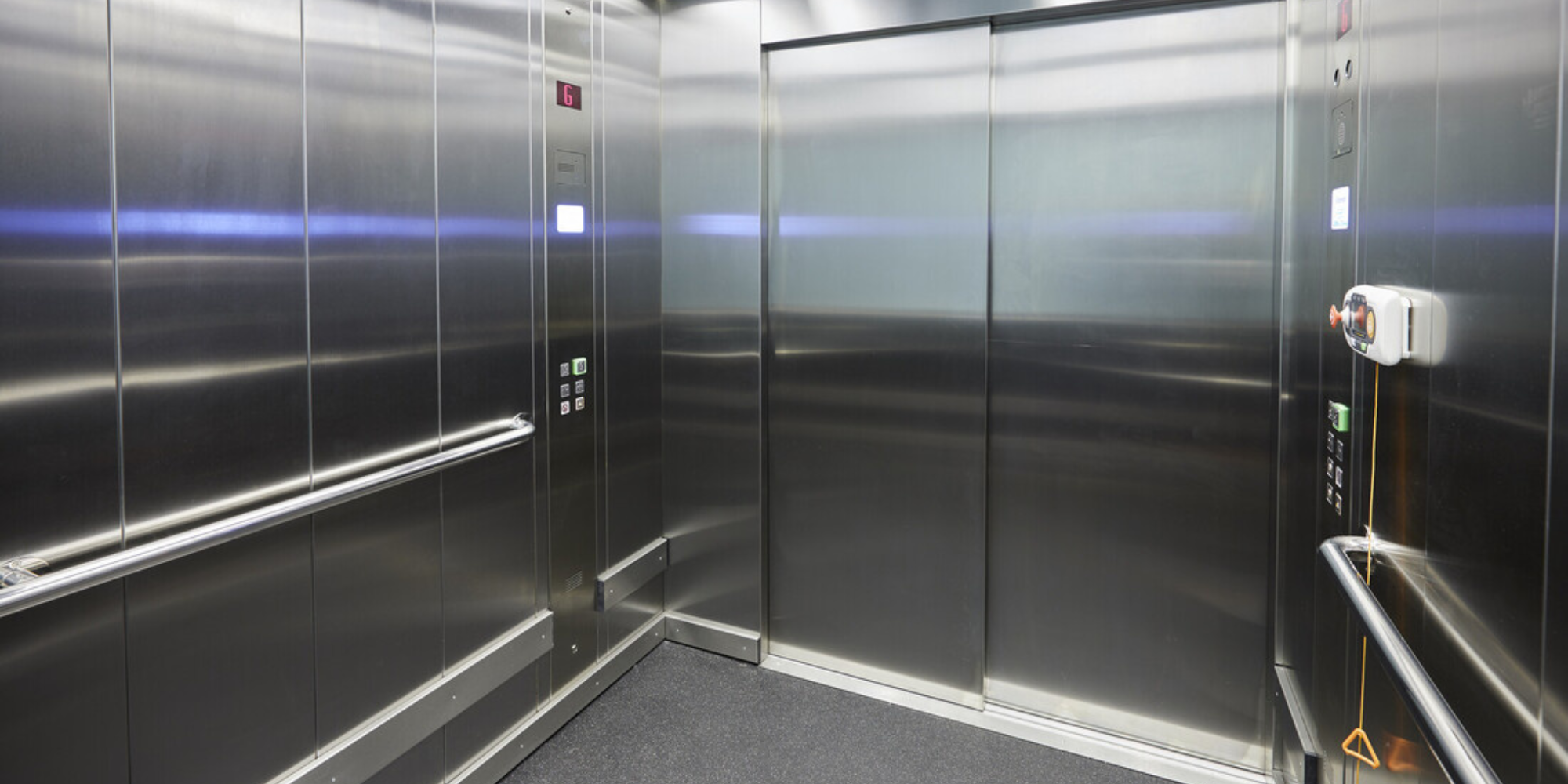Unraveling the Complexities of Lift Modern Technology: Troubleshooting Common Problems Throughout Lift Versions
In the realm of lift technology, a myriad of ins and outs usually exist beneath the surface of what seems an uncomplicated device. From slow operation problems to strange sounds rising from the machinery, troubleshooting common issues across different lift designs requires a keen eye for information and an organized approach - repair and maintenance services. As we start this journey to decipher the intricacies that can torment these necessary gadgets, a much deeper understanding of the inner functions and potential risks of lift innovation is crucial. Remain tuned as we navigate through the maze of lift breakdowns, looking for options to the enigmatic issues that can interrupt the smooth functioning of these important devices.
Identifying Slow Procedure Issues

Following, examine the electrical connections to make sure that all elements are correctly linked and functioning. Defective wiring or loosened links can cause slow down operation or total breakdown of the lift system. Furthermore, it is necessary to check the control system to figure out if the problem lies in the programming or sensors.
If the aesthetic examination and electric checks do not expose the origin of the sluggish operation, additional diagnostic tests may be necessary. These can include stress examinations for hydraulic systems, voltage tests for electrical parts, or running diagnostic software application for the control system. repair and maintenance services. By following a systematic technique to fixing slow procedure problems, you can efficiently resolve the trouble and determine, ensuring the lift runs safely and successfully
Dealing With Weird Noises
To effectively repair lift technology for weird noises, a comprehensive exam of the lift components adhering to the identification of slow-moving operation problems is important. Weird noises in lifts can be a measure of underlying problems that need punctual attention to make sure the safety and dependability of the system. Usual sources of unusual sounds in lifts consist of worn-out or misaligned pulley-blocks, harmed motor bearings, busted or loose suspension ropes, and malfunctioning control systems. When attending to weird noises, it is important to perform a systematic assessment of these parts to pinpoint the exact reason for the sound accurately. This may include inspecting for any kind of noticeable signs of deterioration, examining the capability of motor bearings, tightening loose connections, and lubing moving components as required.
Furthermore, it is essential to refer to the lift manufacturer's maintenance standards and look for help from qualified service technicians when taking care of complicated lift elements or unknown troubleshooting procedures. By promptly addressing odd noises and fixing underlying problems, lift operators can ensure the optimum efficiency and safety and security of the lift system for drivers and passengers.
Handling Faulty Control Problems
An efficient method for attending to defective control troubles in lift innovation entails carrying out a thorough evaluation of the control system's parts and functionality. When running into problems with lift controls, it is critical to first look for any loose links, damaged electrical wiring, or malfunctioning sensing units. Verifying that all control keypads, switches, and displays are functioning appropriately is also vital in diagnosing the trouble precisely.
If no visible concerns are obvious, specialists need to continue to check the control panel for any kind of signs of water deterioration, damages, or getting too hot, as these can commonly bring about control malfunctions. Additionally, resetting the control system or updating the software may help fix specific problems or insects triggering the issue.

Tackling Hydraulic System Malfunctions
The effectiveness of hydraulic systems in lifts depends greatly on the proper performance of numerous elements within the system. When hydraulic systems breakdown in lifts, it can lead to operational disturbances and safety worries. One usual issue is hydraulic fluid leak, which can occur due to damaged seals, loosened connections, or damaged cyndrical tubes. To tackle this issue, professionals should carry out a detailed evaluation to determine the resource of the leakage and replace any faulty elements without delay.
Furthermore, irregularities in hydraulic fluid degrees or uncommon noises during lift procedure may indicate underlying system malfunctions that need immediate attention see it here to protect against more damage. Routine upkeep and prompt troubleshooting of hydraulic system problems are important to guaranteeing the effective and safe procedure of lift innovation.
Handling Electrical Part Failures
Addressing electric element failings in lift innovation necessitates an organized technique to diagnosing and resolving problems to maintain functional performance and safety standards. When running into electrical troubles in lift systems, it is vital to first conduct an extensive inspection of the electric elements, consisting of control board, circuitry, sensors, and circuit boards. Any type of indicators of damage, deterioration, loose links, or charred components should be meticulously noted and resolved quickly to avoid additional complications.
When it comes to electric component failures, it is vital to follow find more info manufacturer guidelines for fixing and fixing procedures. This may entail examining the components making use of multimeters, oscilloscopes, or various other analysis devices to pinpoint the specific source of the breakdown. Furthermore, having a detailed understanding of the lift's electric schematics and circuitry layouts can aid in recognizing and fixing issues effectively.
Routine upkeep and examination schedules can help avoid electrical failures by finding possible concerns early. Proper training for lift professionals on electric systems and parts is additionally essential to ensure accurate diagnosis and effective resolution of electric troubles, inevitably adding to the total security and dependability of lift operations.
Final Thought
To conclude, fixing lift innovation needs a systematic approach to identify and resolve usual issues such as sluggish operation, strange sounds, damaged controls, hydraulic system breakdowns, and electrical component failings. By comprehending the intricacies of lift modern technology and adhering to appropriate fixing steps, professionals can properly settle problems and guarantee the effective and safe procedure of lifts across numerous designs.
To efficiently troubleshoot lift modern technology for unusual noises, a thorough exam of the lift elements following the recognition of slow procedure problems is crucial. Unusual sounds in lifts can be a sign of underlying troubles that need punctual interest to make certain the security and integrity of the system.An efficient strategy for attending to faulty control issues in lift technology includes conducting a comprehensive analysis of the control system's components and capability.The More hints effectiveness of hydraulic systems in lifts depends greatly on the proper functioning of numerous components within the system. repair and maintenance services. When coming across electrical issues in lift systems, it is critical to first carry out a detailed evaluation of the electric parts, consisting of control panels, wiring, sensors, and circuit boards
Comments on “Contrast Disabled Platform Lifts Prices UK: Affordable Options for Every Need”